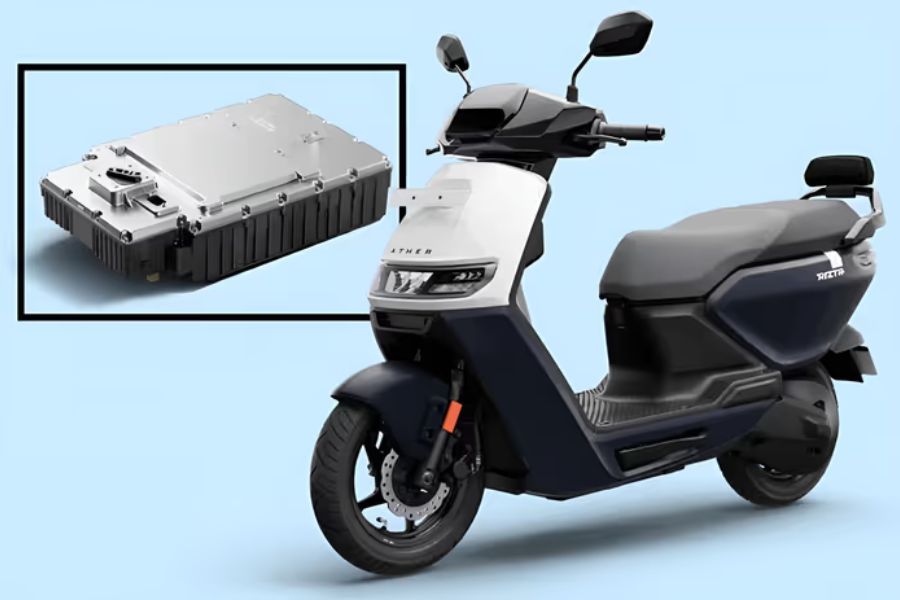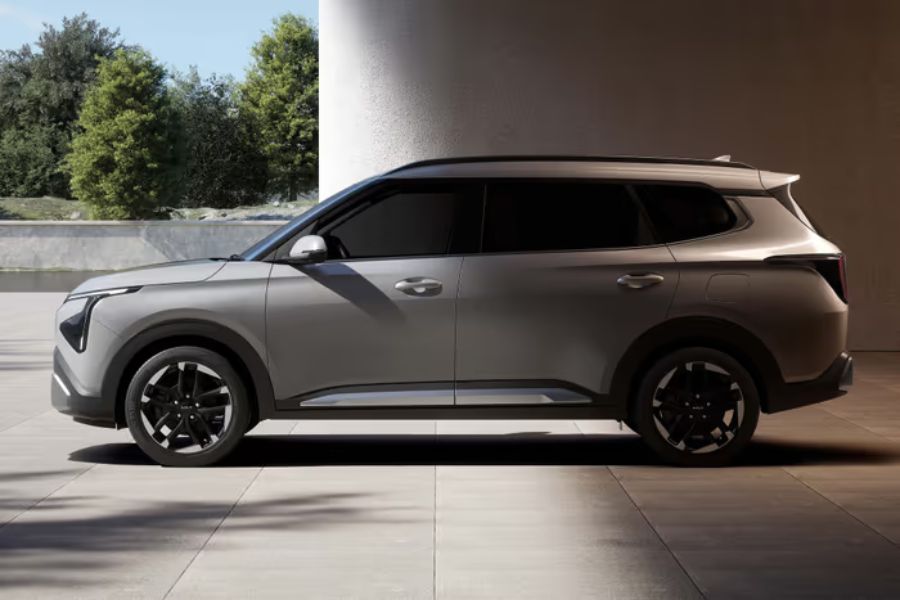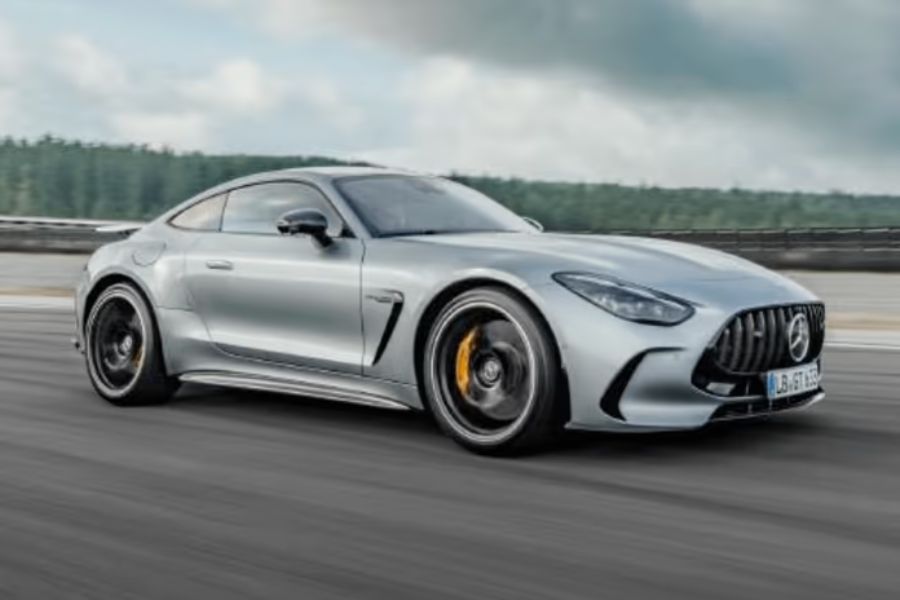Volkswagen and Skoda have each unveiled their latest flagship SUVs — the Tiguan and Kodiaq — both built on the VW Group’s MQB Evo platform and powered by the same engine-gearbox combination. Despite sharing these fundamentals, the two vehicles differ quite a bit in terms of size, practicality, features, and price.
Space and Seating: 5-Seater vs 7-Seater
One of the most significant differences lies in how many people these SUVs can carry. The new Tiguan is offered solely as a 5-seater, while the Kodiaq ups the ante with seating for up to seven passengers, courtesy of its larger dimensions.
-
Kodiaq Dimensions: 4,758mm (L) x 1,864mm (W) x 1,679mm (H); Wheelbase – 2,791mm
-
Tiguan Dimensions: 4,539mm (L) x 1,859mm (W) x 1,656mm (H); Wheelbase – 2,680mm
Although the Kodiaq’s third row isn’t ideal for adults on longer trips, it’s a handy option for families who need more seating flexibility.
Boot Space: Kodiaq Offers More Practicality
Thanks to its larger footprint, the Kodiaq easily trumps the Tiguan in cargo capacity:
-
With all seats up: Kodiaq – 281L | Tiguan – 652L (5-seat config)
-
With third row folded (Kodiaq): 786L
-
With second row folded: Kodiaq – 1,976L | Tiguan – 1,650L
If cargo-hauling ability is a priority, the Kodiaq stands out as the more versatile option.
Features & Variants: Luxury vs Sportiness
Volkswagen offers the Tiguan exclusively in the sporty R-Line trim, while the Kodiaq comes in two variants – Sportline and Laurin & Klement (L&K). The Sportline leans into athletic design cues, while the L&K variant brings luxury-focused features.
Common features include:
-
Large infotainment screens
-
10.25-inch digital driver display
-
Panoramic sunroof
-
Massaging front seats
-
Ambient lighting
-
3-zone climate control
-
Premium audio systems
What the Kodiaq Gets Over the Tiguan
Skoda’s flagship SUV offers several features missing from the Tiguan R-Line:
-
Ventilated front seats with full electric adjustment, memory, and under-thigh extension
-
Dual gloveboxes
-
Rear window sunshades
-
360-degree camera
-
Driver fatigue monitoring
-
Fully automatic self-parking
-
A richer sound experience (13 speakers vs 8 in Tiguan)
What the Tiguan Offers Over the Kodiaq
Despite missing some creature comforts, the Tiguan R-Line brings its own strengths:
-
Larger 15-inch infotainment display (vs 13-inch in Kodiaq)
-
Level 2 ADAS (Advanced Driver Assistance Systems)
-
Dynamic Chassis Control for adaptable suspension performance
-
Larger 19-inch alloy wheels (vs 18-inch on Kodiaq)
Features Face-Off: At a Glance
| Feature | Tiguan R-Line | Kodiaq L&K |
|---|---|---|
| Front Seats | Heated, Massaging | Heated, Ventilated, Massaging |
| Seat Adjustment | Manual slide, electric lumbar | Fully electric, memory |
| Infotainment Size | 15 inches | 13 inches |
| Sound System | 8-speaker Bose | 13-speaker Canton |
| Rear Sunshades | No | Yes |
| Dual Glovebox | No | Yes |
| 360° Camera | No | Yes |
| ADAS | Level 2 | Not Available |
| Drowsiness Monitor | No | Yes |
| Self Parking | Semi-automatic | Fully Automatic |
| Wheel Size | 19 inches | 18 inches |
Pricing: Value for Money vs Exclusivity
Pricing is another major differentiator. The Tiguan R-Line comes to India as a CBU (completely built unit), which attracts higher import duties — pushing its ex-showroom price to ₹49 lakh.
In contrast, the Kodiaq is assembled locally as a CKD (completely knocked down) model, making it more affordable:
-
Kodiaq Sportline – ₹46.89 lakh
-
Kodiaq L&K – ₹48.69 lakh
That makes the top-spec Kodiaq nearly ₹31,000 cheaper than the Tiguan R-Line, despite having more features.
Verdict: Which One Should You Choose?
-
Go for the Kodiaq if you want more space, 7 seats, and additional luxury features for a slightly lower price.
-
Pick the Tiguan R-Line if you’re after sportier styling, a more premium infotainment setup, and advanced driver assistance tech.
Ultimately, your choice comes down to whether you prioritize practicality and comfort (Kodiaq) or tech and performance (Tiguan).
Read More:




